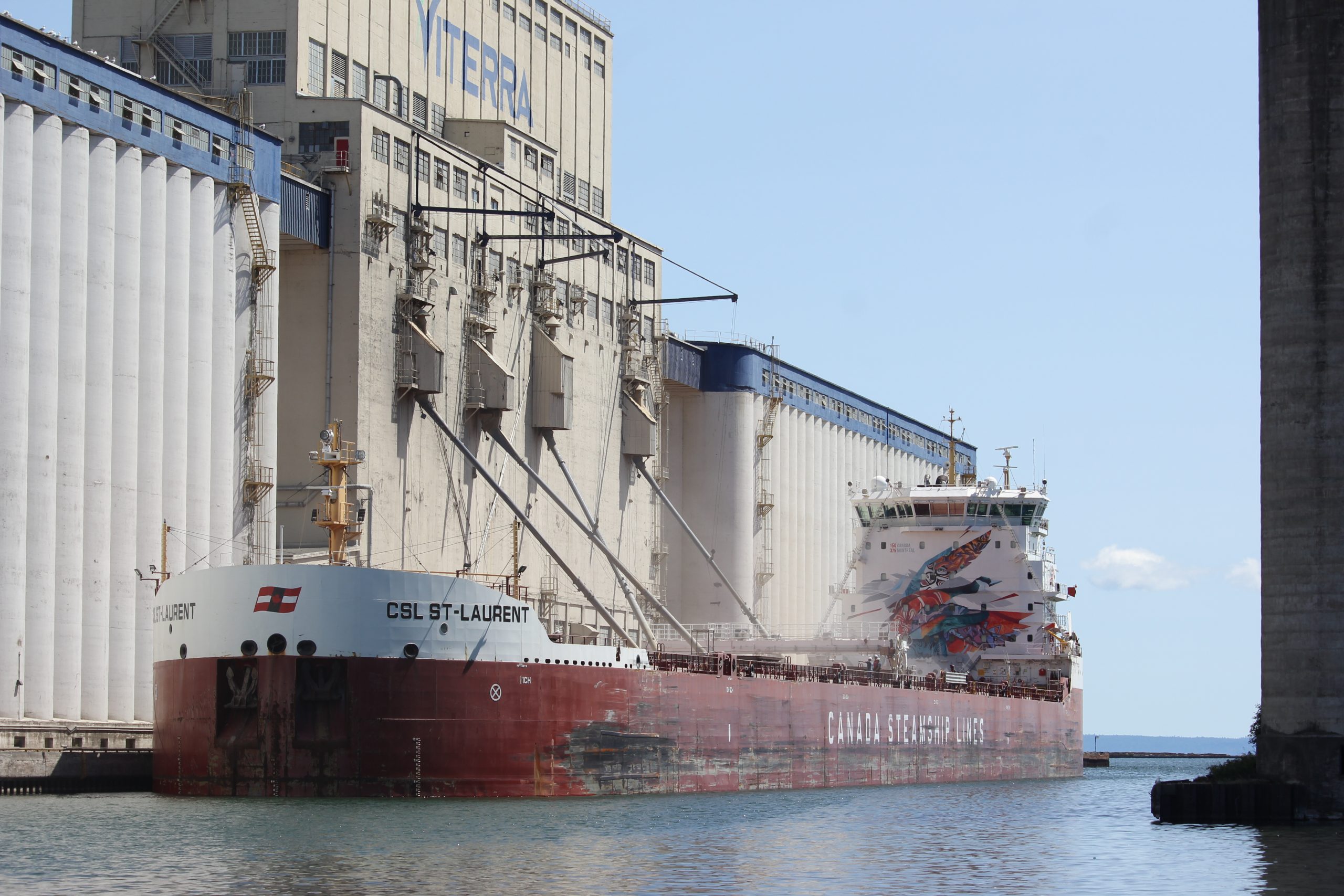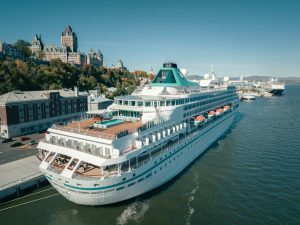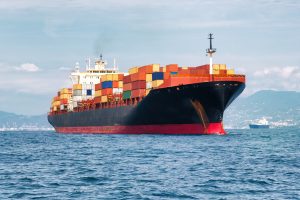The Great Lakes-Seaway shipping corridor continued its consistent climb in overall performance through the month of July. Approximately 15.7 million tonnes of total cargo, transited the Seaway system this year to date, reflecting a similar trend to the previous year. However, 2023 has been unique in that western Canadian grain continues to be the dominant commodity, as global demand continues to be influenced by geo-political factors, including the war in Ukraine.
“The Seaway continues to demonstrate its resilience as an essential transportation corridor. We deliver consistent and reliable service and have the flexibility to support emerging market trends, like high global demand for grain,” noted Terence Bowles, President and CEO of the St. Lawrence Seaway Management Corporation (SLSMC). “By the end of the year, we expect the total tonnage transiting the Seaway to surpass 2022’s results.”
Approximately 3.7 million tonnes of Canadian grain have moved through the Seaway this year, representing a 25.74% increase over the roughly 2.9 million tonnes shipped at this time last year.
“The Port of Thunder Bay has experienced an increase of 45% in grain shipments to the end of July as a result of improved crop yields last year,” noted Tim Heney, Chief Executive Officer for the Thunder Bay Port Authority. “Total port shipments are now at the 5-year average. Strong potash exports contributed to the total with over 500,000 tonnes shipped to date. In the month of July, 24 salt water vessels visited the port, well above historical averages. All signs point to a strong second half of the season and inbound fertilizer and pipe shipments are forecast for Keefer Terminal. Thunder Bay is the largest export port on the Seaway and accounts for 35 per cent of the downbound shipments.”
Other commodities that have seen increases over the previous year include iron ore (a total of just over 3 million tonnes, which is an increase of 89 thousand tonnes or 3%), cement (a total of 900,000 tonnes, which is an increase of 80,000 tonnes or 9.76%), and steel slabs (a total of 253,000 tonnes, which is an increase of 214,000 tonnes or 550.67%).
Essential materials for residential and civil construction projects are moving well through Hamilton-Oshawa Port Authority’s (HOPA Ports) network of Great Lakes ports. “Commodities such as gypsum, structural steel, cement, aggregate and asphalt are handled at the ports of Hamilton and Oshawa,” said Larissa Fenn, Vice President of Corporate Affairs, HOPA Ports. “These are the robust supply chains Ontario needs to build homes, roads and other critical infrastructure. These commodities are moving efficiently, contributing to overall port cargo totals nearly 14% higher than year-to-date 2022.”
The developments taking place at ports throughout Canada are representative of a vibrant North American maritime shipping industry that plays a central role in supporting economic strength. Per the recently released study “Economic Impacts of Maritime Shipping in the Great Lakes – St. Lawrence Region” by Martin Associates, shipping on the Great Lakes and St. Lawrence River Waterway supported:
- $66.1 billion (CDN) in economic activity;
- more than 355,000 jobs that generated more than $30 billion (CDN) in wages;
- the movement of 252.1 million metric tons of raw materials and finished goods; and
- $12.8 billion (CDN) in taxes.
“The St. Lawrence Seaway Management Corporation’s role in operating, maintaining, and enhancing the infrastructure is key in realizing the economic achievements outlined in the Martin study,” said Terence Bowles. “We remain dedicated to doing our part in ensuring that marine shipping remains the strongest link in our supply chain.”
(Port of Thunder Bay photo)








